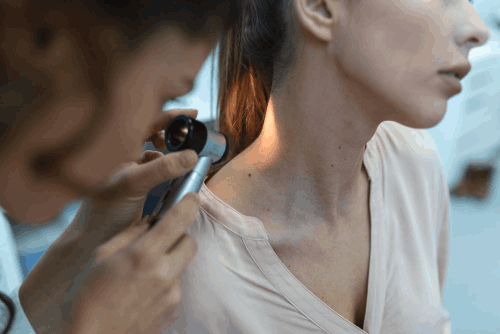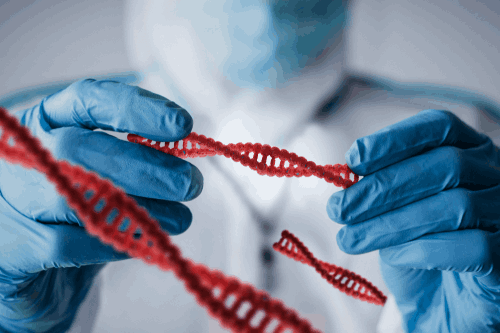News
06
Jul
The importance of UV awareness in mitigating the prevalence of skin cancer

In the US, skin cancer is the most common form of cancer. It consists of three major types: basal cell carcinoma (BCC), squamous cell carcinoma (SCC), and melanoma. Excessive exposure to ultraviolet (UV) radiation increases the risk of developing BCC, SCC, and melanoma, which is an aggressive form of skin cancer known for its tendency to spread. Therefore, raising awareness about UV radiation is crucial to minimize this risk. By promoting UV awareness, people can take necessary precautions to protect themselves. Skin cancer presents a significant public health challenge due to its high prevalence, increasing number of cases, and the associated costs of diagnosis, treatment, and management.
According to epidemiology trends from GlobalData's Epidemiology and Market Size Database, the US is expected to experience an increase in diagnosed incident cases for each of the three main types of skin cancer. Specifically, first-ever cases of SCC are projected to grow at an annual growth rate (AGR) of 3%, reaching 980,000 cases in 2032 from approximately 750,000 cases in 2023. Diagnosed incident cases of BCC are expected to increase at an AGR of 0.6%, reaching 2.8 million cases in 2031 from approximately 2.7 million cases in 2023. Additionally, melanoma cases are predicted to rise at an AGR of 2%, reaching 113,000 cases in 2029 from approximately 102,000 cases in 2023. Furthermore, compared to the other countries in the seven major markets (US, France, Germany, Italy, Spain, UK, and Japan), the US has the highest number of diagnosed incident cases of first-ever SCC, BCC, and melanoma.
Age and gender differences also play a role in skin cancer incidence rates. For instance, melanoma rates tend to increase with age, as older adults have had more cumulative sun exposure throughout their lives. In the US, melanoma incidence rates peak between ages 60 and 79. However, skin cancer rates are higher in women than in men before age 50, but higher in men after age 50, according to the American Academy of Dermatology. This difference may be influenced by factors such as outdoor activities, work-related UV exposure, use of tanning beds, and sun protection habits.
These epidemiological trends emphasize the need for targeted public health interventions and educational campaigns to address the rising incidence of skin cancer in the US. Efforts should focus on promoting sun-safe behaviors, raising awareness about the dangers of UV exposure, and educating the public about the signs and symptoms of skin cancer for early self-diagnosis. These strategies should prioritize populations at higher risk or facing disparities in accessing healthcare. By understanding the link between UV radiation and skin cancer and implementing targeted awareness campaigns, individuals and communities can make informed decisions that encourage sun-safe behaviors, ultimately reducing the incidence and burden of skin cancer.
Featured News

Uniting Against Cancer: How Cancer Communities Empower Patients and Families
we will explore the importance of cancer communities, how they empower patients and families, the support and resources they offer, and their role in promoting cancer awareness.
see more


Are there any emerging biomarkers that show promise for early disease detection or personalized medicine?
see more

